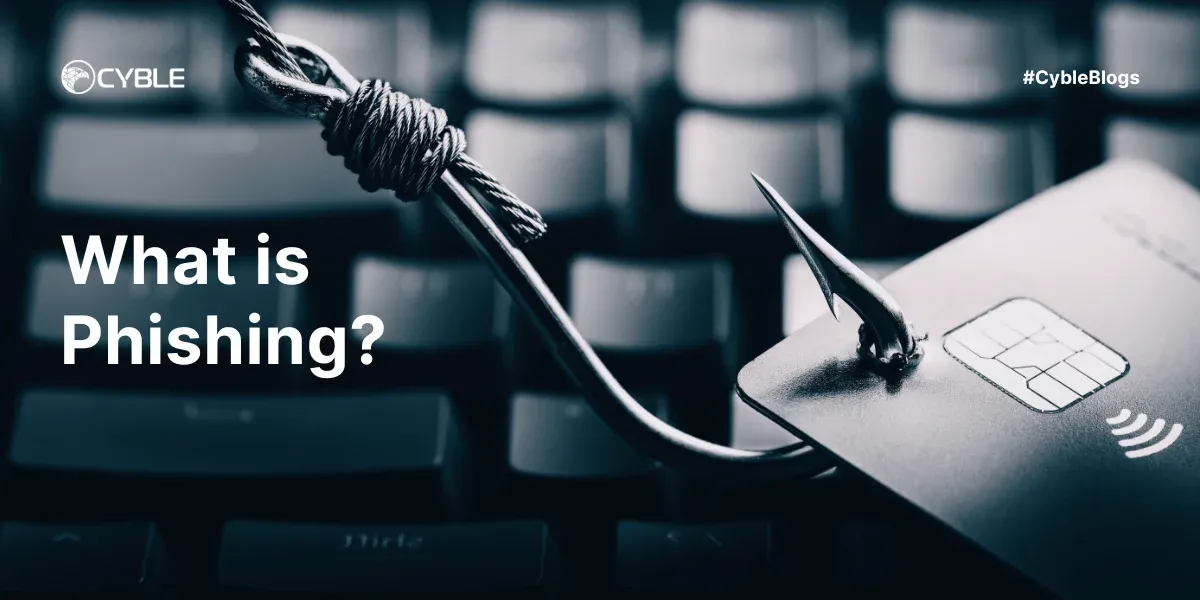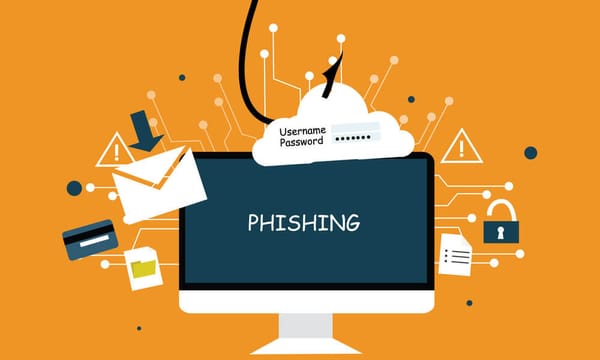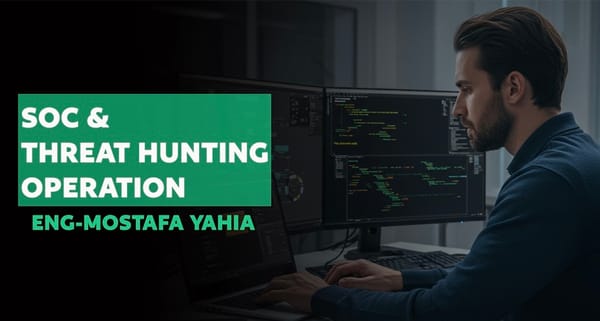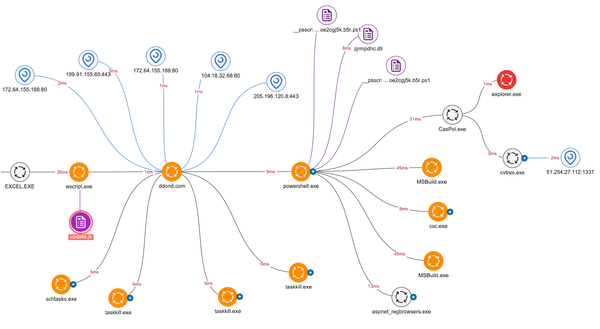Defending Against Phishing Attacks: From Awareness to Technical Controls

Phishing attacks remain one of the most effective and widely used techniques by cybercriminals in 2025. These attacks are evolving, leveraging social engineering, compromised infrastructure, and even AI-generated content to deceive both individuals and enterprise users.
In this article, we explore how to defend against phishing across different layers—human, technical, and organizational—with a focus on actionable strategies and tools.
Understanding the Threat: Modern Phishing in 2025
Phishing is no longer limited to generic emails with poor grammar. Today’s campaigns are:
- Highly targeted (spear phishing), often impersonating executives
- Delivered across multiple channels: email, SMS, social media, and collaboration tools
- Backed by compromised websites, lookalike domains, and malware payloads like ransomware
Attackers may combine phishing with credential harvesting, multi-factor bypass, or payload delivery using malicious Office macros or OneDrive links.
🔗 Related articles to explore:
- Phishing Simulation: Mastering Spear Phishing and Mass Phishing Techniques
- Understanding Pass-the-Hash Attacks
- WordPress SEO Poisoning and Malicious Redirects
Building Awareness and a Security Culture
One of the strongest defenses against phishing is human vigilance. Training users to identify phishing attempts must go beyond an annual compliance module.
Best practices:
- Conduct regular phishing simulations
- Train employees to inspect URLs and sender domains
- Establish a "report phishing" button in email clients
- Celebrate safe behavior to reinforce good habits
Awareness should also cover voice phishing (vishing) and business email compromise (BEC) scenarios.
Technical Controls to Prevent Phishing
Relying on user awareness alone isn’t enough. Organizations should implement technical controls to detect and block phishing attempts.
Key protections include:
- Email authentication: Enforce SPF, DKIM, and DMARC policies
- DNS filtering: Block known phishing domains and dynamic hostnames
- Browser isolation for high-risk users or sensitive tasks
- Multi-factor authentication (MFA) to mitigate credential theft
- Attachment and link sandboxing at the email gateway
🔗 Technical hardening guides:
- Web Application Security Best Practices
- Advanced Active Directory Security
- Command and Control Evasion Techniques
Monitoring and Incident Response
Even the best filters can miss advanced phishing. That’s where detection and incident response come in.
Use SOC capabilities to monitor:
- Email headers and anomalies
- Unusual login locations and times
- Traffic to known phishing infrastructure
Respond quickly by:
- Isolating affected systems
- Resetting passwords and session tokens
- Analyzing the attack to improve detection
🔗 More on response strategies:
From Reactive to Proactive Defense
Defending against phishing must be proactive and multilayered. Combine:
- Continuous awareness training
- Email and web protections
- Threat hunting for phishing infrastructure
- Security orchestration for rapid response
And remember—phishing is often just the initial access vector. Preventing it can disrupt the entire attack chain.




